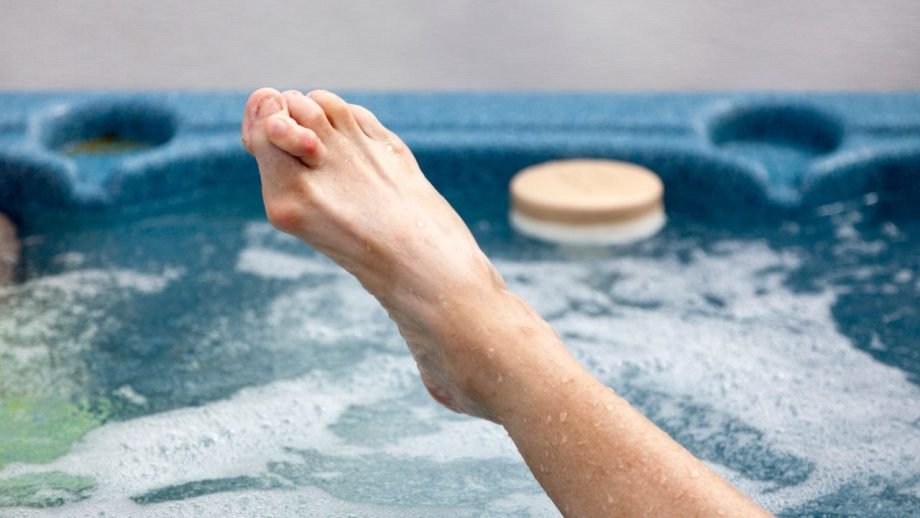You may not know what a bunion is, but chances are you’ve seen one. Maybe someone in your office has been showing off the new footwear they just bought to help correct the problem, or maybe you have bunions yourself.
This article goes into detail about how bunions form, why they occur more frequently among women than men, and what can be done to correct them.
Can You Correct A Bunion Without Surgery?
A bunion is a deformity of the joint at the base of the big toe. The big toe points outward, away from the other toes, and the joint becomes enlarged and inflamed. Bunions can be very painful, making it difficult to walk or even wear shoes.
There are several nonsurgical treatments that can help relieve the pain of a bunion and slow its progression. These include wearing shoes with a wide toe box and using pads or other devices to protect the bunion from irritation. You can also try icing the area to reduce pain and inflammation.
If nonsurgical treatments don’t provide relief, surgery may be necessary to correct the deformity. Surgery involves removing the bony growth and straightening the big toe. It’s usually successful in relieving pain and improving function.
How do Bunions Form and What is a Bunion?
A bunion is a deformity of the joint at the base of the big toe. The big toe bends toward the second toe, and the joint at the bottom of the big toe sticks out. Bunions can be painful because they rub against shoes. They can also make it difficult to walk.
Bunions form when the bones of the foot are not in alignment. The exact cause is unknown, but bunions tend to run in families. They may also be caused by wearing shoes that are too tight or pointed.
There is no cure for bunions, but they can be treated with shoe inserts, pads, and other devices that help reduce pain and pressure on the bunion. Surgery is an option for severe cases.
What Causes A Bunion?
A bunion is a deformity of the joint at the base of the big toe. The big toe points outward away from the foot, and the first metatarsal bone of the foot angles inward toward the other toes.
This can cause pain when wearing shoes that rub against the bunion. Bunions can be caused by an inherited structural defect, arthritis, or injury to the foot.
Signs That You Have A Bunion
There are a few signs that may indicate you have a bunion, including:
- Pain or discomfort along the inside edge of your foot, near your big toe
- Swelling along the inside edge of your foot, near your big toe
- A lump on the inside edge of your foot, near your big toe
- Redness or inflammation along the inside edge of your foot, near your big toe
If you experience any of these symptoms, it’s essential to see a doctor or podiatrist to get a proper diagnosis.
Detecting a Bunion
There are a few things you can look for when trying to detect a bunion. The first is an obvious lump on the side of your big toe. This lump will be larger than the other bones in your foot and will stick out at an angle.
You may also notice that your big toe is pointing towards your second toe, rather than straight ahead. This can cause pain and difficulty when walking or wearing shoes. If you have any of these symptoms, it’s essential to see a doctor or podiatrist to get a diagnosis.
Symptoms of a Bunion
There are several symptoms of a bunion, and they can vary in severity. The most common symptom is pain in the big toe joint that becomes worse with activity or when wearing shoes that don’t fit well. Other symptoms include:
- Swelling and inflammation around the big toe joint
- Redness and warmth in the area
- A burning or sharp pain that gets worse at night
- Difficulty moving the big toe or walking
If you have any of these symptoms, it’s important to see a doctor so they can diagnose the problem and recommend treatment.
Conclusion
There are a number of ways to treat bunions without surgery, and the best method will depend on the severity of your bunion.
However, with the right treatment plan, you can expect to see a significant improvement in the appearance and symptoms of your bunion. If you have any concerns about your condition, consult a medical professional to get the best advice for your individual case.

 care@bunioncorrector.in
care@bunioncorrector.in